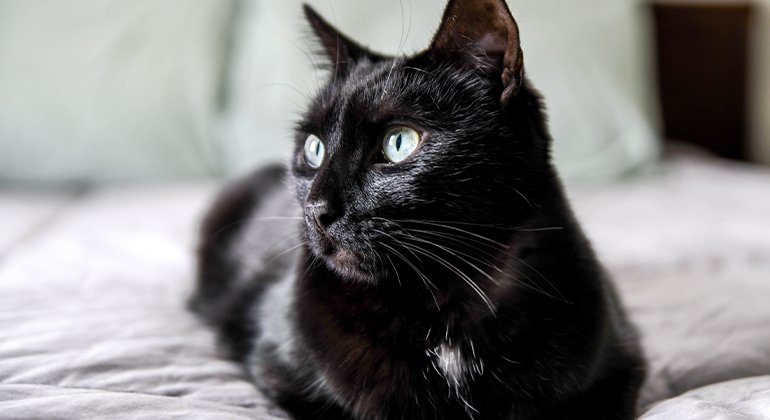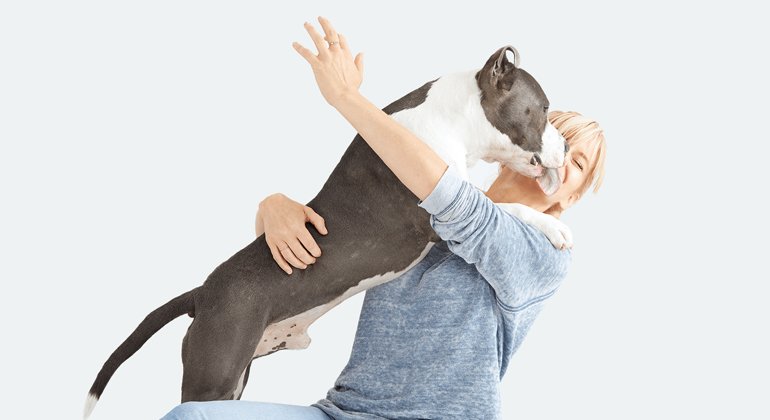- Beauty & Skincare
- Fashion
- Food And Drinks
- Health & Care
- Home & Garden
- LifestyleExplore stories and advice on living your best life. From personal growth to entertainment, dive into the latest in lifestyle trends and inspiration.
- Travel
- Beauty & Skincare
- Fashion
- Food And Drinks
- Health & Care
- Home & Garden
- LifestyleExplore stories and advice on living your best life. From personal growth to entertainment, dive into the latest in lifestyle trends and inspiration.
- Travel
Now Reading: How to determine your cat’s age
-
01
How to determine your cat’s age
- Beauty & Skincare//
- Fashion//
- Food And Drinks//
- Health & Care//
- Home & Garden//
- Lifestyle//Explore stories and advice on living your best life. From personal growth to entertainment, dive into the latest in lifestyle trends and inspiration.
- Travel//
Your cat’s age may be a mystery to you if your new cat was adopted or rescued. You may have heard that one year for a cat is equivalent to seven years for a human, but that’s not entirely true. Of course, you can generally tell whether your new cat is a kitten or an adult just by looking at it, but that still leaves a lot of guesswork. The best way to determine a cat’s age is to consult a trusted veterinarian who can determine the cat’s approximate age by examining its teeth, eyes, fur, and overall maturity. However, keep in mind that your veterinarian cannot determine your cat’s exact age. Just be sure to make an educated guess as to how old your cat is.
Here are some ways veterinarians can determine your cat’s age.
Teeth
A cat’s first baby teeth appear in the second to fourth week, so teeth are an excellent age indicator for kittens. Their permanent teeth develop over the baby teeth and when the kitten is 3 to 4 months old, the permanent teeth begin to displace the baby teeth (also called baby teeth). Typically, by 6 months of age, all adult teeth are present and growth is no longer useful in determining a cat’s age.
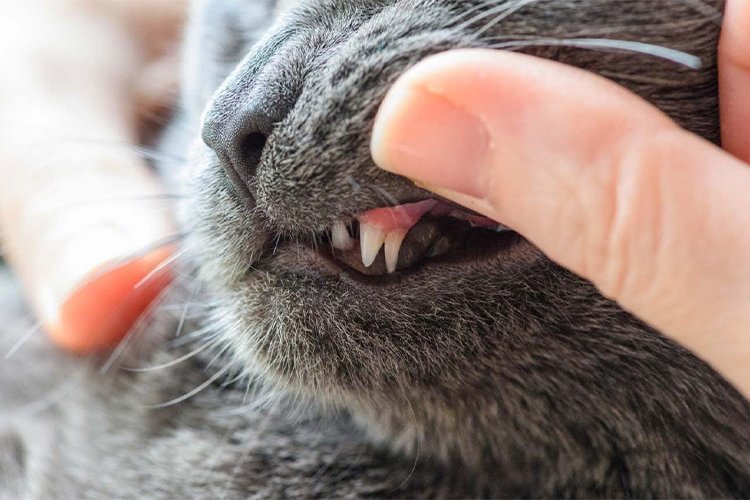
In older cats, the amount of discoloration or tartar on the teeth is also an indicator of age.1 However, because pet dental cleaning products are readily available, tartar may not be a good indicator when providing a dental care program, depending on the care of the cat’s caretaker . Your vet will also look for signs of wear on the teeth; The older the cat, the more worn down its teeth are. However, this is only a very rough guide for determining cat age. Therefore, while teeth are a good indicator of a cat or kitten’s approximate age, they are not foolproof.
sexual maturity
Although a cat adopted from a rescue or shelter likely was spayed or neutered before you brought it home, an intact cat can provide clues about its age based on its sexual maturity.
Male cats reach sexual maturity at the age of 6 months. Signs of puberty include territorial spraying of urine and more prominent testicles. You can identify them by looking at the cat’s rear end, where the testicles are located below the anus.
Female cats usually have their first heat (estrous cycle) sometime between 5 and 9 months of age, although the length of the day and the cat’s weight also have some influence on the timing of the queen’s first estrous cycle. A female cat will let you know very visibly and loudly that she is experiencing heat. A female cat is most fertile between the ages of 18 months and 8 years, although she may become pregnant much sooner or later depending on her fertility, general health, and access to intact male cats.
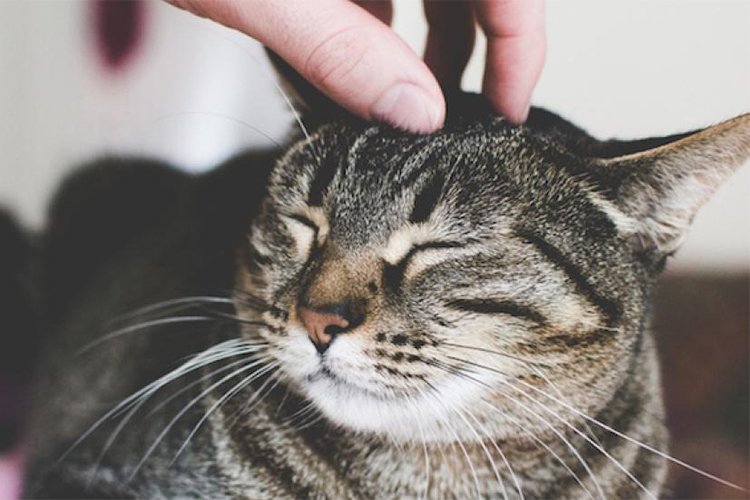
However, many veterinarians now practice early castration. Not only does this help prevent early pregnancies, which are more difficult for both the mothers and the kittens, but the surgery itself is also said to be easier for the cats at a younger age.2 This can help determine a cat’s age somewhat make it more difficult.
Fur development
A kitten’s fur or hair is baby-fine and soft, but as it ages, the fur becomes thicker and coarser. It can also change color, becoming darker or lighter in tone. As a cat reaches “senior” status, it may even develop isolated patches of white or gray hair, similar to what happens in humans as they age. Although it is not a guarantee of age, fur helps a veterinarian determine a cat’s age.
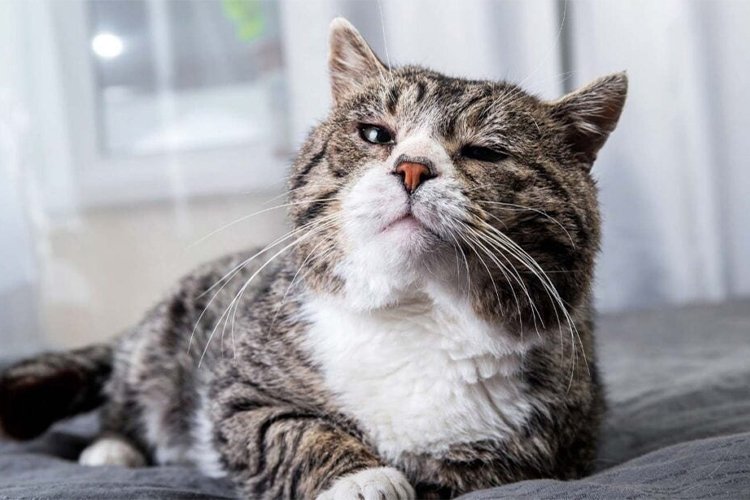
In addition, a cat’s grooming can provide information about how old the animal is. Cats are very clean creatures, but an older cat might become slacker in grooming its coat if it gains weight with age, if dental problems cause the cat’s mouth to hurt, or if arthritis makes it painful, the characteristic twists shown and performing turns during the cat’s self-grooming.3
Eyes
Healthy kittens and cats in early adulthood have very clear and bright eyes, with no signs of tears or discharge. However, cats in their later years may experience a cloudy appearance of the eyes, including tearing and/or discharge.4 This usually does not occur until the cat is at least 10 years old. Cats over 10 years old often show changes to the iris of their eye, the colored part. The iris may develop a wavy edge or stop opening and closing when exposed to light as it did when the cat was younger.


